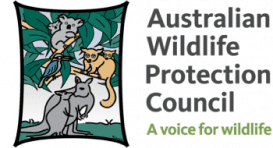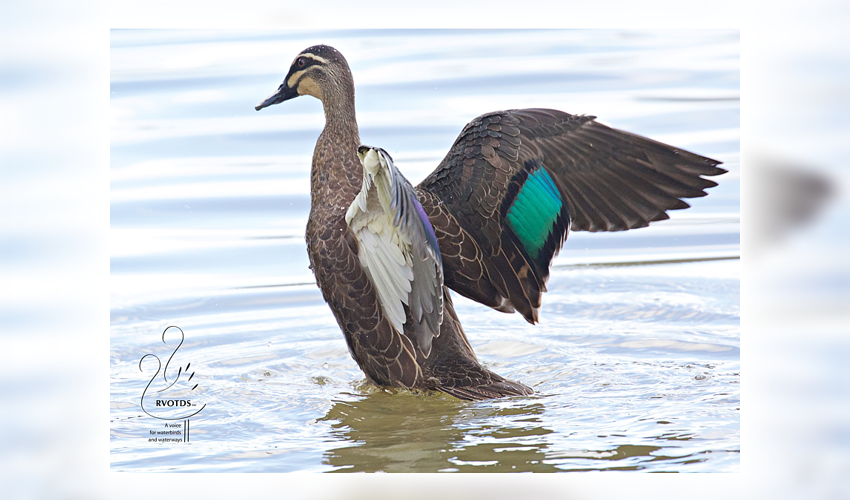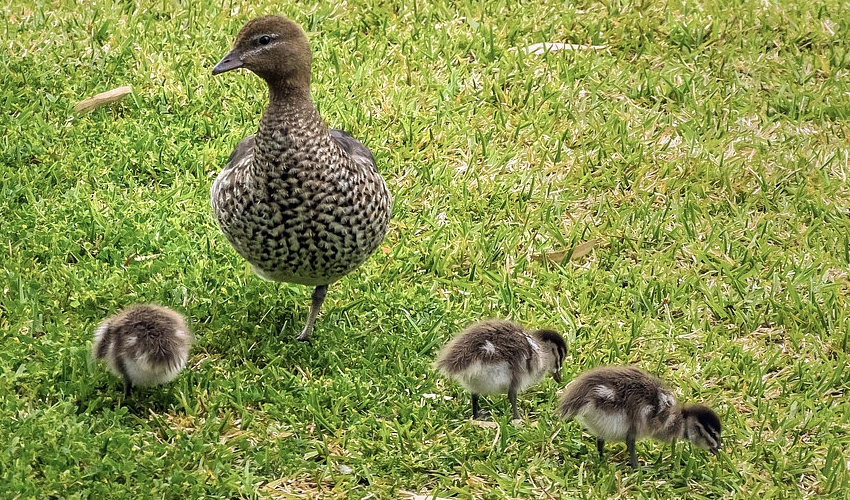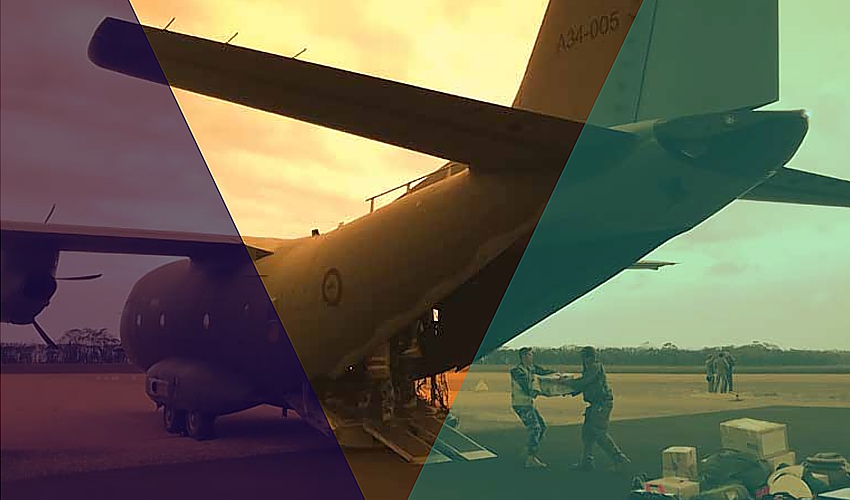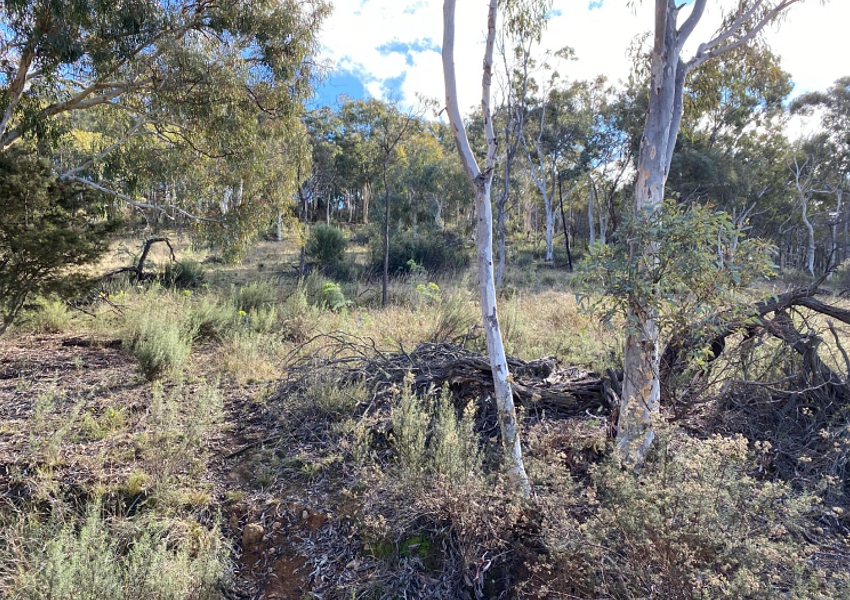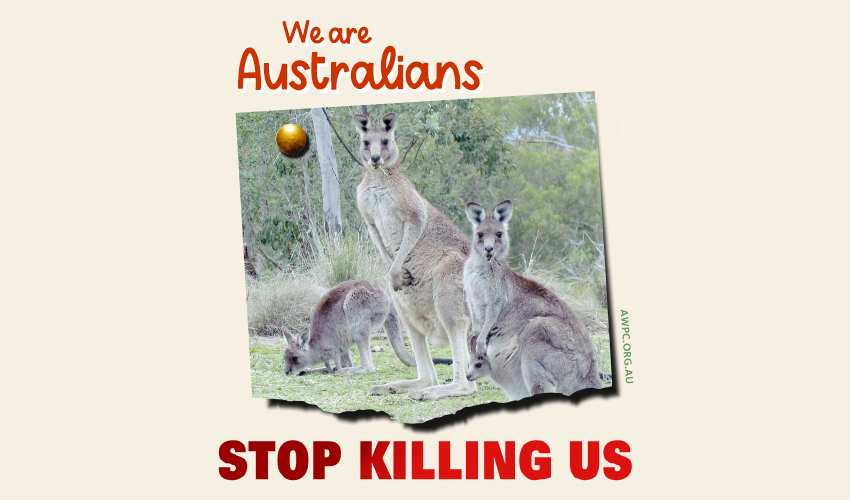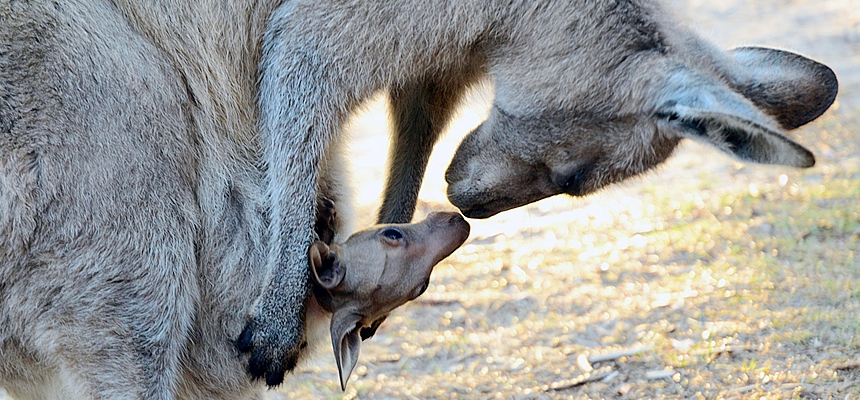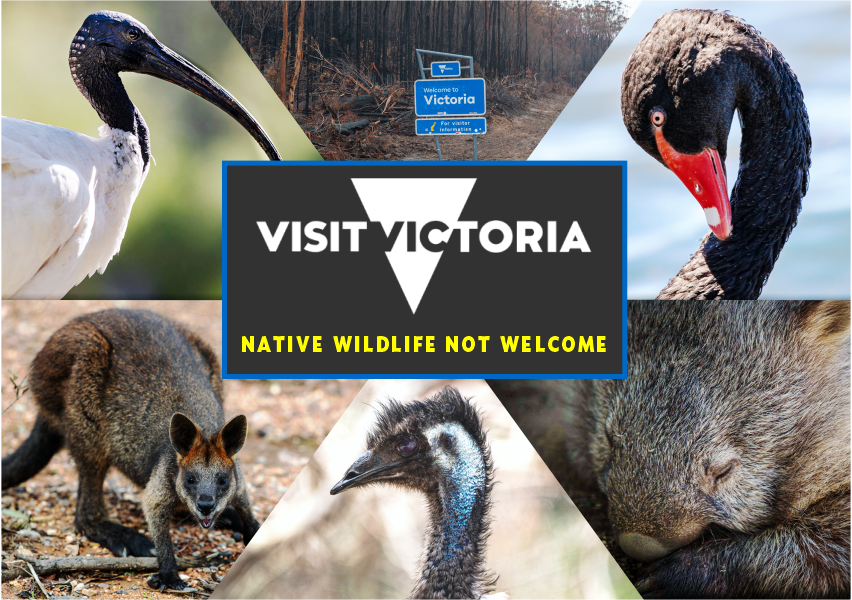
State Of Play: Wildlife In Victoria
Share this page Amid claims from the Victorian Government that various native species are overabundant, and extraordinarily these claims still continue in various plans being issued by the Victorian Government, despite the vast scale loss of wildlife in the devastating fires. Here is an updated analysis of some of the Victorian Government’s numbers (publicly available or obtained under FOI) from our President, Peter Hylands, as he describes the real situation for Australian wildlife in the State of Victoria. The question we need to ask is why is so much wildlife dying in Victoria because of the enabling and often promotion of these killing activities by the very government responsible for the welfare of these precious and unique animals? 2020 WAS A very grim year for Victoria’s Australian species. What we can tell you is that Australian wildlife in Victoria is anything but protected. Wildlife in Victoria is also subject to extreme acts of cruelty. Much of this activity is encouraged and enabled by its current government. “As we managed to get caught in Melbourne’s extensive lockdown and ring of steel which locked up the city for many weeks, I have taken some of that time to investigate the current circumstances for Victoria’s native species. As always, marsupials and birdlife are in the forefront of the abuse. I have created this as a reference document for the reader to use”. Here are some simple facts for Victoria that tell a very grim story, yet the killing continues and is encouraged by the Victorian Government, and oddly by organisations such as the Country Women’s Association (CWA) as has recently been the case in Central Victoria. At a time of dire environmental conditions, including vast scale bushfires, the killing of Australia’s wildlife in Victoria has continued at scale. Permits to kill Kangaroos on a very large scale have been issued across Victoria’s regions (including Central Victoria) and populations are declining rapidly region by region, as remaining populations are targeted by commercial and non-commercial shooting activities. As is the case for the rest of Australia, the Victorian Government Kangaroo population estimates are exaggerated and this means that commercial quotas are most often not met (because the Kangaroos are not there in the numbers stated) and in at least one case in Victoria, and for one species of Kangaroo (it is now coming close to being more than one species), the number of permits being issued and the number of animals covered by these permits is likely to exceed their entire state population for that species. Victoria has been converting its Authority to Control Wildlife (ATCW) Kangaroo permits to commercial permits, a process that commenced in 2014. We can however expect to see a drop off of animals killed in Victoria against commercial quotas as populations dwindle. Australia, including Victoria, is the leading exterminator of mammal species in the world. “In early March 2020 I was working in the desert country to the west of Alice Springs, a remote place where I often stay. Coming in to see our friends in Hermannsburg I rang the Victorian ecodev number 136 186 to enquire how the latest Kangaroo harvest quotas had been calculated for each Victorian region. I was put through to a staff member in Ballarat and initially told there had been surveys in both 2019 and 2020. I knew this to be incorrect so when I queried the response, I was given a lecture about how terrible these animals are and told that people (like me) living in cities do not understand the issues. Given that I have owned two significant rural properties, one in Central Victoria over many decades and another near the Endeavour River in Far North Queensland and I spend time working in the remotest places in Australia and I know a lot about numbers, these claims seemed pretty outrageous”. — Peter Hylands Impact of the commercial trade in Kangaroos on killing rates in Victoria The repugnantly named Kangaroo Harvesting Program (KHP) began in Victoria on 1 October 2019 following the Kangaroo Pet Food Trial (KPFT) which commenced in 2014. If the periods 2009–13 and 2014–18 are compared, the rate of killing roughly tripled from 259,288 to 747,659 animals when those periods are compared. Sadly, having saved the Red Kangaroo from the pet food can in Victoria over concerns with vastly exaggerated population numbers, the high level of animals subject to the non-commercial ATCW permit in 2019 (10,073 animals) can only be described as malicious conduct. These next numbers required a bit of guess work so may be out by a small margin, but it looks like since 2009, much of it occurring from 2014 on, permits were issued to kill 1,385,339 Kangaroos, of which 555,026 were victims to the commercial trade in wildlife, across three species, that is the Eastern Grey, the Western Grey and the Red Kangaroo (other species were also killed in substantial numbers). If we add another 20 percent to that number for the number of Joeys killed by these activities that adds yet another 277,000 animals to the slaughter since 2009. “The claims from both politicians and public servants in Victoria that the Kangaroo Pet Food Trial would not increase the rate of Kangaroo killing, and then, once the trial had commenced, claims that significant increases in the killing rate (for example an increase of the killing rate for the Red Kangaroo of 759 times over the 2011 control total) was due to favourable climatic conditions, and hence conditions for breeding resulting in population increases, are simply untrue. This becomes entirely obvious once the increases in kill rates are analysed by region. The very significant increases in kill rates occurred in the Kangaroo Pet Food Trial zones. This is simply disgraceful, particularly given the rates of killing from the period the trial commenced, that it is most probable that populations had started to decline rapidly during 2016.” — Peter Hylands, 2018 The most Eastern Grey Kangaroos for which permits were issued in the period 01/01/2017 to 31/10/2019
